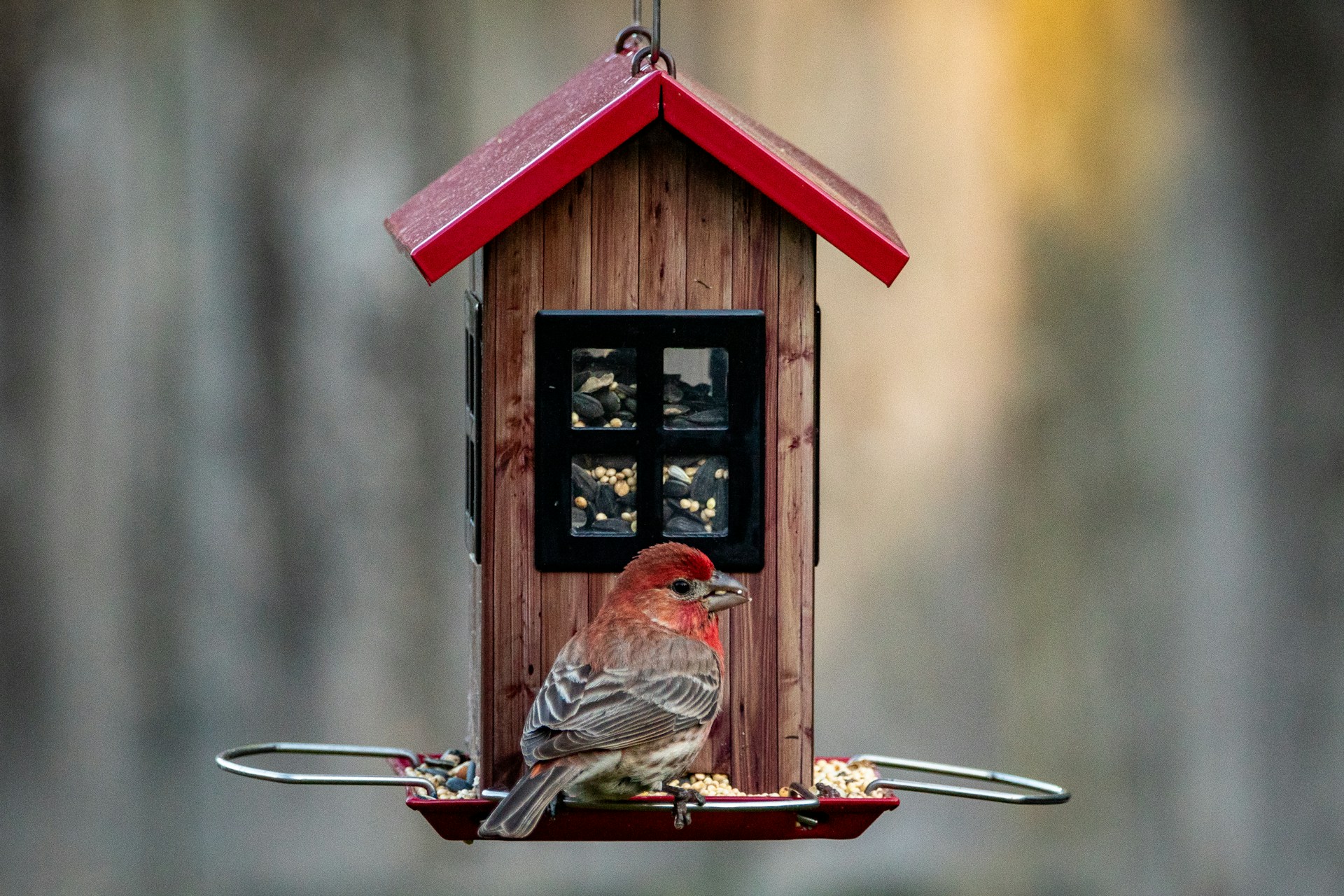PROTECT YOUR DNA WITH QUANTUM TECHNOLOGY
Orgo-Life the new way to the future Advertising by AdpathwayOwls are known for their haunting hoots and are often seen as symbols of wisdom and longevity. But how long do these fascinating birds actually live? In the wild, most owls live between 5 and 12 years, though some species can surpass this. Larger owls tend to have longer lifespans than smaller ones. Owls in captivity generally outlive their wild counterparts due to a lack of predators, a steady food supply, and medical care.
The Lifespans Of Different Owl Species
How long an owl can live depends largely on the species and whether it’s wild or kept in an enclosure. Here are some owl species and their average lifespan.
Barn Owl

Barn owls can live for four to nine years in the wild. However, they can live for up to 15 years in captivity.
Snowy Owl

A snowy owl can live an incredible 30 years in captivity but only up to 10 years in the wild.
Burrowing Owl

Burrowing owls are much smaller than barn owls, so they only live between 3 years and six years in the wild. However, these birds can live up to 12 years in an enclosure.
Great Horned Owl

Great horned owls have an impressive size. They live for up to 35 years in captivity but only maximum 27 years in the wild.
Great Gray Owl

Great gray owls can live for up to 40 years in an enclosure but only 12 years in the wild. This is due to their shrinking natural habitat.
Barred Owl

Barred owls live for an average of 20 years in captivity but only up to 10 years in the wild.
Tawny Owl

Tawny oils can survive for more than 15 years in captivity but only 3 to 7 years in the wild.
Screech Owl
Screech owls can live in an enclosure for up to 20 years but only two to eight years in the wild.
The Life Cycle Of An Owl
In order to fully understand why an owl lives to its natural age, it’s a good idea to look at the owl life cycle.
Owl Eggs
The number of eggs a female owl can lay depends on their food intake. An owl needs a good amount of protein to create an egg.
Owls lay their eggs only once a day, and they can produce almost 15 eggs during the mating season.
Baby Owls
Baby owls, also known as hatchlings, have very soft white feathers and pure pink skin. This applies to all owl species.
Newly hatched baby owls keep this cozy, downy plumage for a few months, which means that they are dependent on the shelter from their nest and mother owl.
They also need their mother to feed them regularly until the chicks are strong enough to hunt their own food.
Baby owls are also born blind, and they won’t have their full eyesight until they are a few months old.
Young Owls
After a couple of months, the young owls start to gain their full eyesight and a thicker plumage.
While they slowly develop their ability to fly after two months, they often stay with their mother for their first year.
This is to ensure that the juvenile owls have fully developed and can survive out in the wild.
During the first months, young owls grow bigger in weight and length. They lose their soft baby plumes and develop waterproof feathers.
Similar to other young animals, juvenile owl chicks are playful and talkative. They slowly learn to fly and hunt but still prefer to stay near their hatching site.
Adult Owls
Most young owls are considered adults after nine to twelve months.
The majority of owl species also become sexually mature after a year. This being said, some species only mate after three years.
Owls are known to be monogamous birds, which means that they choose to mate with their partner for life.
These carnivorous birds regularly hunt for a variety of different prey, including small mammals, such as mice and rabbits.
Causes of Owl Deaths
Many factors impact an owl’s lifespan, including:
- Habitat Loss – Deforestation and urban development threaten nesting sites and food sources.
- Disease – Viruses like West Nile can be fatal.
- Predators – Larger birds of prey and even other owls hunt smaller owl species.
- Food Scarcity – Limited prey affects survival, especially in harsh winters.
- Collisions – Owls often fall victim to vehicle strikes and window collisions.
Final Thoughts
Owl lifespans vary widely, from just a few years to several decades, depending on species and environment. While wild owls face many survival challenges, those in captivity often thrive much longer. Regardless of where they live, owls remain one of nature’s most captivating and resilient birds.























 English (US) ·
English (US) ·  French (CA) ·
French (CA) ·